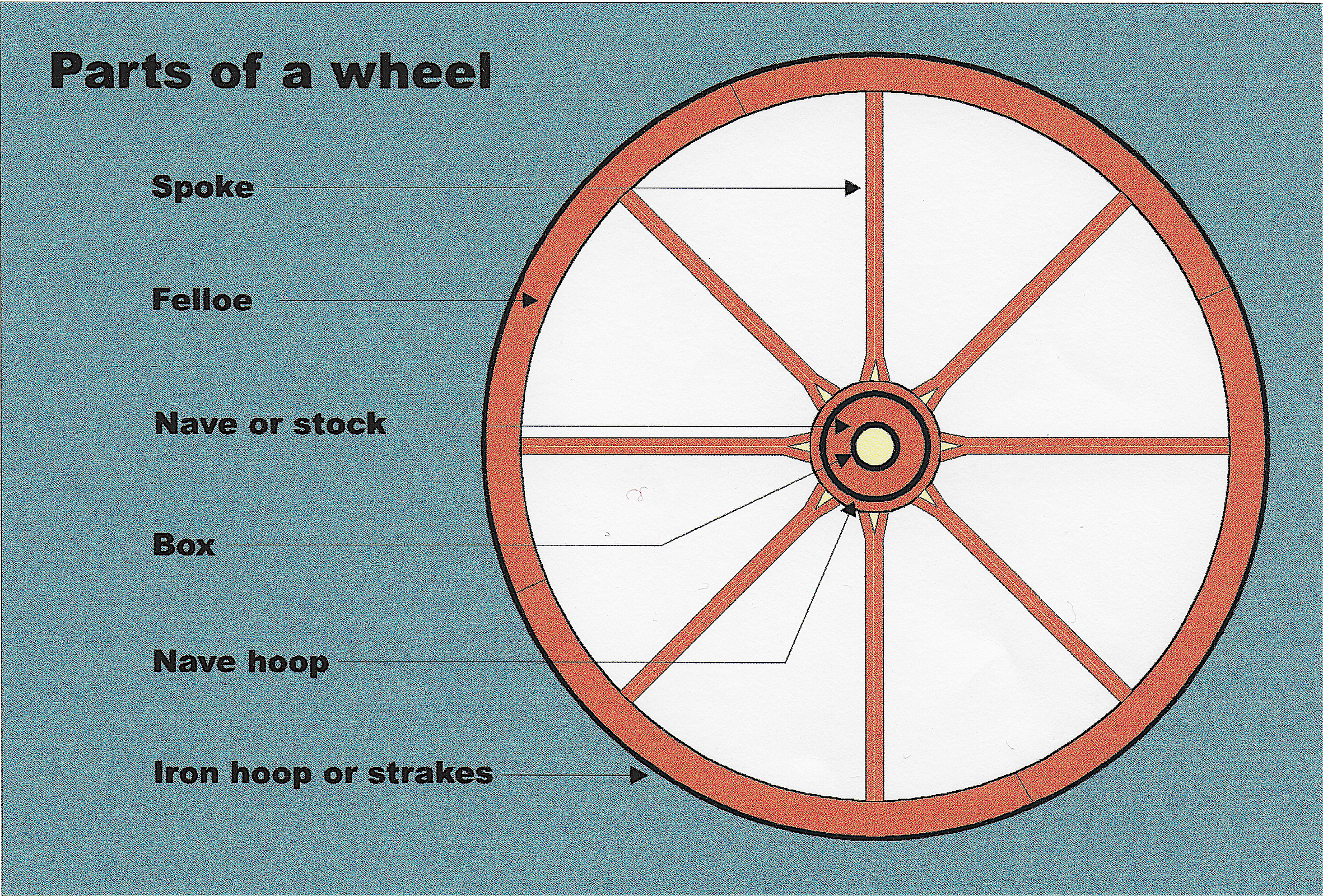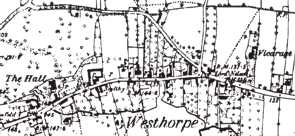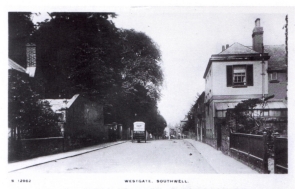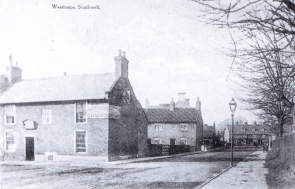Southwell 1 branch
Click on the image to open a pdf of the early tree for this branch.
Press the back button on your web browser
to return to this page.
So far, we have 215 people on this tree.
We have used the following abbreviations on the tree:
b : birth
c : christening or baptism
m : marriage
d : death
bu : burial.
The early family

Photo by Pierre Bamin on Unsplash
William and several of his male descendants were wheelwrights.
We only have present day descendants for William and Elizabeth's youngest sons, William Adamson and John. The most recent information we have is that their descendants are living in Nottinghamshire.
William Fairholm - death & inquest
"Accidentally kiiled by a
stroke from a
piece of timber"
Death Certificate
piece of timber"
Death Certificate
"A most serious and fatal accident happened at this place on Saturday afternoon last, to Mr. Wm. Fairholm of Westhorpe, wheelwright and publican; the deceased was assisting, with his father and others, in leading wood from a field in Park Lane, Southwell; and in the falling one of them struck the deceased and killed him dead on the spot."
None of the newspaper reports state the name of his father.
Mary, his wife, carried on the businesses that William had run. There is a reference to her as wheelwright and retailer of beer in the Kelly’s Directory for 1849 and she is running the Plough Inn in 1859 when it is put up for auction. Also, she provided elm coffins to the Southwell workhouse.
Wheelwrights

Pigot and Co. 1828 - 1829 (and same for 1830)
Southwell - William Farnholme - wheelwright - Westhorpe
Nottingham - George Fairholm - wheelwright - Carter gate
White’s Directory Nottinghamshire 1832
Nottingham - Geo. Fairholme - wheelwright - Water Street
Southwell - W Fairholme - wheelwright - Southgate(?)
Pigot and Co Nottinghamshire 1835
Nottingham - George Fairholme - wheelwright - Cartergate
Southwell - William Fairholme - wheelwright - Westhorpe
Pigot's Commercial Directory Lancs, Leics, Lincs, Northants, Notts, Rutland, Yorks 1841
Nottingham - George Fairholme - wheelwright - Carter gate
Kelly’s Directory Lincs, Derbys, Leics, Notts, Rut 1849
Nottingham - George Fairholm - wheelwright, & C, - Carter gate
Southwell - Mrs. Mary Fairholm - Wheelwright - beer retailer - Westhorpe
Francis White and Co 1864
Nottingham - Geo Fairholme - wheelwright - 35 Cartergate
Morris and Co 1869
Nottingham - Henry Fairholm - wheelwright and carriage builder - Cartergate
The trade was a highly skilled one and extended beyond the manufacture of wheels to the creation of a variety of wagons, drays, traps and carts. Henry's business was well renowned and included the building of a wagon for the Bombay Gas Company in India and a cart for the Earl of Scarborough.
The process of producing a wheel was a lengthy one and a wagon could take up to six months to complete.
The steps in producing a wheel are:
1. Fell the tree – preferably in Winter.
2. Season the timber – for up to 10 years.
3. Trim and shape the nave or stock – the centre of the wheel – normally made of elm.
4. Make the mortices in the nave for the spokes – always an even number.
5. Fit the nave hoops.
6. Make the spokes – often of oak.
7. Drive the spokes into the nave and trim them to the correct length.
8. Cut the felloes from beech or elm or ash – one for each pair of spokes.
9. Add the felloes to connect the spokes.
10. Fit the iron tyre – either a series of iron strips (strakes) or a continuous hoop.
11. Fit the iron box in the centre of the nave to act as a wheel bearing.
12. Trim, sand and paint.
Southwell

The fairly poor quality map from 1884 shows the part of Southwell where members of the Southwell branches lived from at least 1828.
They lived on Westgate from the 1840s onwards. The two old postcards show the street. The second card was issued circa 1907.
 |
 |
Southwell on old picture postcards (ISBN 0 946245 61 4) - one of the books in their 'Yesterday's Nottinghamshire' series.
Fighting in the street

Photo by niu niu on Unsplash